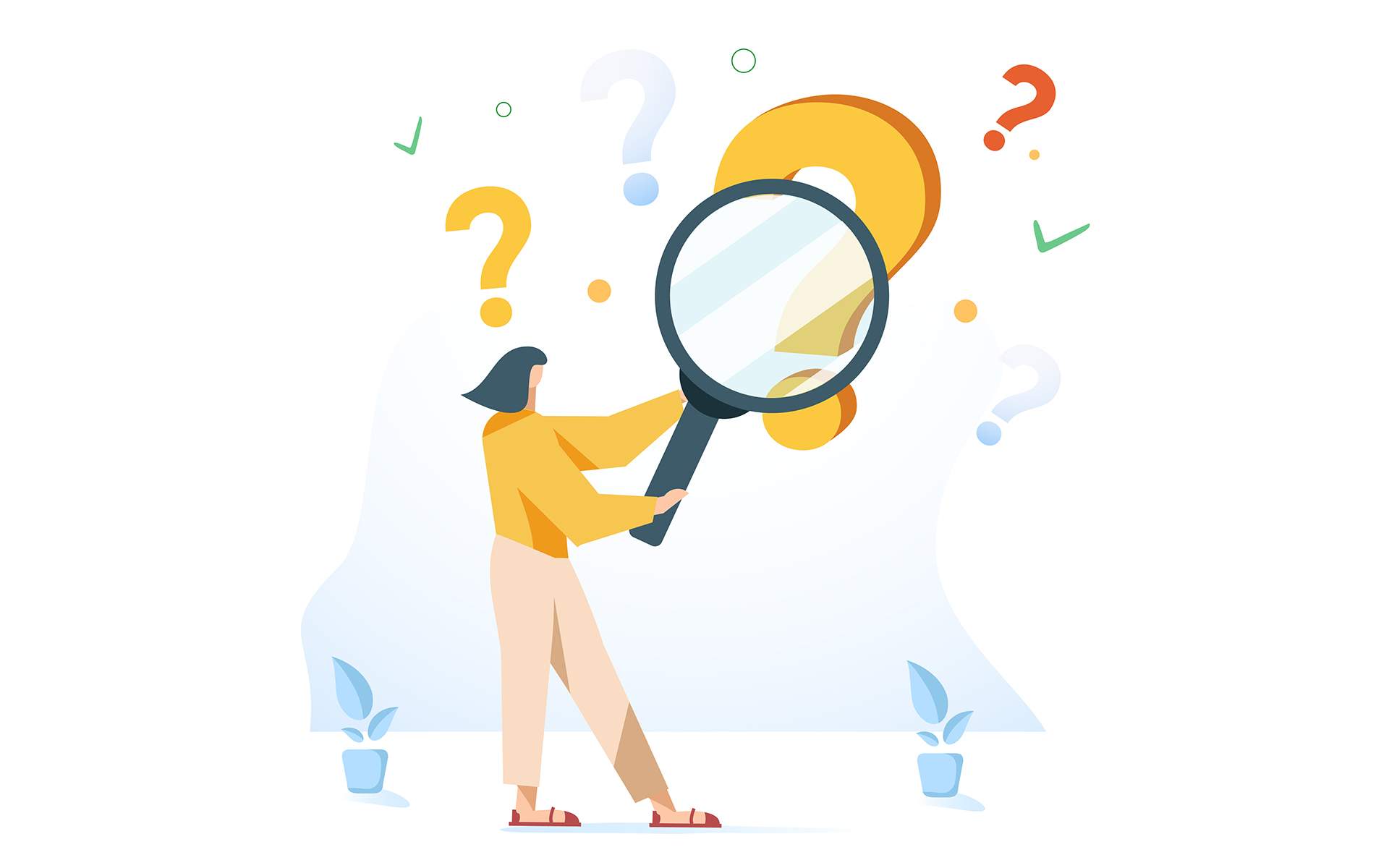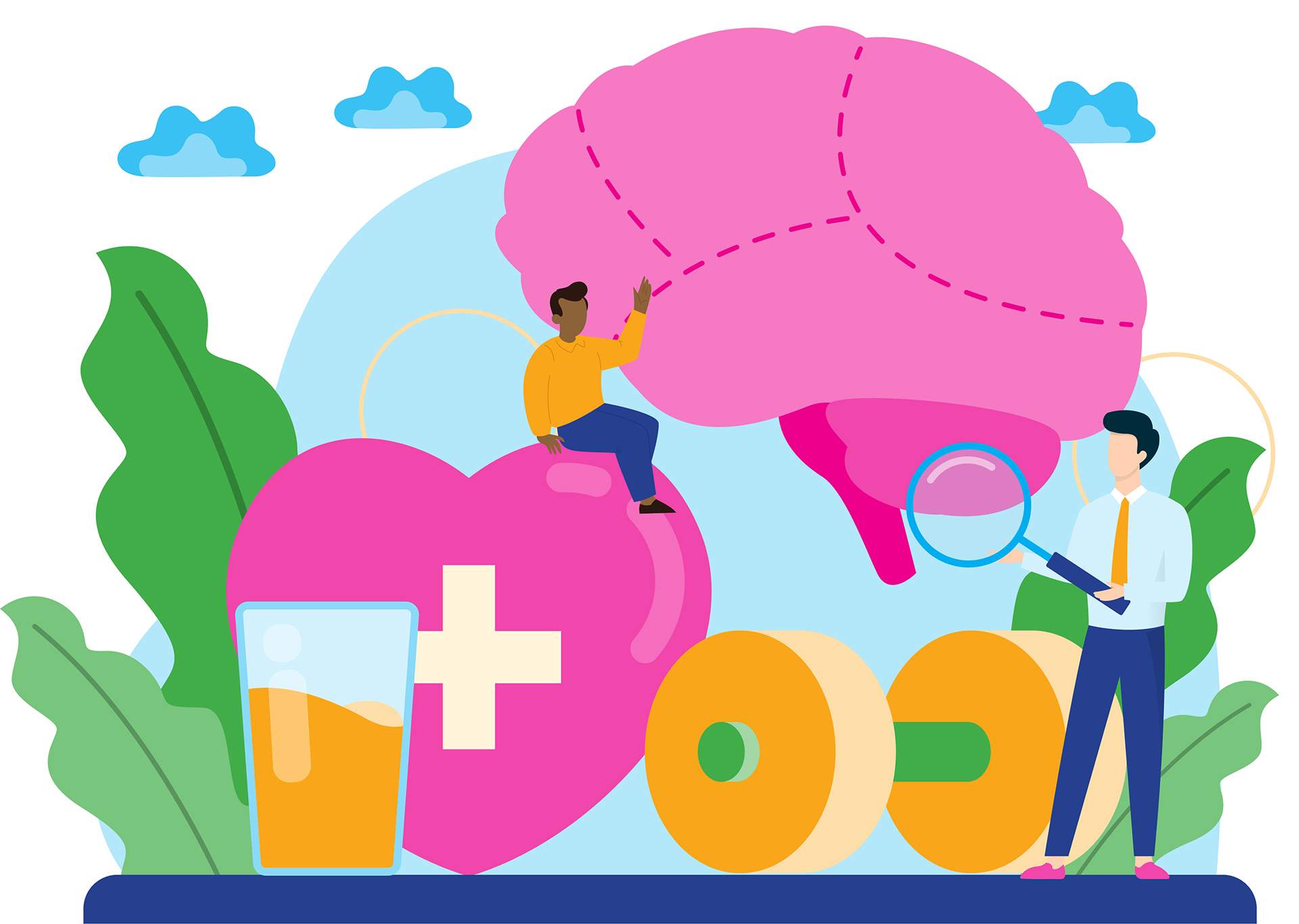Although curiosity killed the cat it would appear that it is an essential quality for human development and learning.
It is also a primary aspect of mindfulness. Curiosity allows us to begin to turn toward the entirety of experience, moving us from avoidance to approach, including that which we don’t like. I would argue curiosity and kindness are the antidotes to judgment and other harsh evaluations we may direct toward ourselves or others and it is a quality that can be developed.
Curiosity can be used as a way to inquire into our experience—the joyful and painful alike. Curiosity may allow us to begin to level the playing field of our lives so we don’t have to excessively privilege one experience over another. It just takes some of the dys out of dysregulation, smoothing out our internal psychological rollercoaster as we are faced with moments that can take us to ecstatic heights and ones that may take us into an abyss. In the words of Martine Batchelor, a teacher and former Buddhist nun, we can begin to ask, “What is this?” We are not looking for a specific answer but rather using the question as a method of experiential investigation.
Cultivate Curiosity in Your Mindfulness Practice
Mindfulness begins with awareness and the recognition or acknowledgment that something is here. It must include intention and the willingness to be with what is showing. Curiosity or interest can thus lead us to mindful investigation and exploration, coming to fully know experience as it is. Staying with whatever is happening, whether it is wanted or unwanted, can help us to accept what is, and enhance our capacity for compassion. Acceptance doesn’t require that we have to like what is going on but rather to be willing to have it. This doesn’t mean becoming a doormat to life but it does mean not having a temper tantrum when things don’t go according to plan. We can then move into skillfully responding, asking ourselves, “Does this need to be taken up, addressed or dealt with? Can I let it be or let it go? Or perhaps it’s time to practice intentional avoidance.” Avoidance, when deliberate, can be skillful or a moment of self-care.
Wisdom is the discernment to know when to pick the banana and when to leave it alone. Sometimes we just need to step away or take ourselves out of a difficult situation, such as escaping an abusive relationship. Sometimes acting on our curiosity can be deadly. In the words of Dr. M. Lee Freedman, a psychiatrist and colleague, “It is not the curiosity itself that is the problem but what we do next.” There is a reason we have childproofed wall sockets.
Mindfulness involves the bottom up investigation of experience versus the top down process of thinking about it.
Mindfulness involves the bottom up investigation of experience versus the top down process of thinking about it. When we practice formally or informally we are enhancing our ability to engage in experiential self-referencing or being aware of our moment-to-moment body-mind experience as opposed to our usual narrative self-referencing (aka story telling, judgments, opinions, etc). We are increasing our emotional regulation using willingness to be with difficult states and enhancing our attention regulation by bringing curiosity online. Curiosity by necessity involves attention.
What Captures Your Curiosity and Attention?
A study I often refer to, titled “Predicting the onset of Alzheimer’s disease with a behavioral task,” describes the relationships between attention and curiosity this way:
“Attention is important to the understanding of curiosity because it directly correlates with one’s abilities to selectively focus and concentrate on particular stimuli in the surrounding (and I would add internal) environment.”
Sounds a lot like mindfulness, don’t you think?
When we are inquiring or being curious about our lives, within the context of mindfulness, it is helpful to investigate by asking:
- To what am I attending? Thoughts (or beliefs)? Emotions? The senses or sensations?
- Where is my attention? Is it immersed in thinking and/or emotions? Is it in the body?
- When did my attention land wherever it is? Did the experience change or is it changing or persisting?
- How am I attending? Am I gripped by a looping thought or situation that I don’t like? Am I curious? Am I attending with intention or am I drifting, lost in a daydream or fantasy?
We don’t ask “why” when inquiring into our practice because mindfulness is something to be embodied, to be experienced rather than thought about and analyzed. I’m not suggesting that we do away with thinking, analysis, or intellectual pursuit. We are problem-solving creatures and this is an important part of being a sentient being. We would not have survived long without our intellects. But within the practice itself, learning and insights come out of being with each moment as it comes and goes.
Pay Attention to How You Pay Attention
Authors and mindfulness teachers John Teasdale and Michael Chaskalson (Kulananda, 2011) in a lovely article write,
“Mindfulness allows the poetry of the moment by moment experience to re-write itself, to gracefully change its theme from one of suffering to one of ease and peace.”
So, there would actually appear to be a goal to all of this breathing. For me however, the goal is awareness. I’m happy if I get a few moments of peace now and again, but I don’t expect them. When I am working with mindfulness groups at the Centre for Mindfulness Studies I often say to participants, “I don’t care if you’re comfortable. I care that you are aware.” When we have awareness we have choice about our response to the ever-changing life events that we don’t get to control. And when the chips are down, curiosity is one of the essential tools that helps us through the good times and the bad. When practiced deliberately, curiosity helps us, I believe, to recover more quickly from reactivity. My favourite neuroscientist, Norman Farb (2010) found in a study comparing non-meditators and meditators and their response to the provocation of sadness that meditators feel their emotions as intensely as non-meditators, but they have less observable neural reactivity, less cognitive elaboration and get over them faster. This means that meditators emote as much as those who don’t meditate, but tend not to be so caught up in perpetuating difficult experiences by continuing to think about them or continually recycling the attendant emotions.
Mindfulness is disruptive…it changes the habitual way we attend and also how we pay attention to experience.
Mindfulness is disruptive. Teasdale and Chaskalson note that it changes the habitual way we attend and also how we pay attention to experience. As soon as we get curious we have changed the way. We are consciously aware and interested. The how is the movement from thinking about experience to being in the experience itself. We are no longer thinking, “How dare he talk to me like this!” but rather we can be curious about how anger is showing in our creased forehead, tight jaw, clenched fists and tight diaphragm. We can label the emotions. “Wow that’s interesting! Rage is here and thoughts about how I would like to…” (you can fill in the blanks).
We get interested in the entirety of any occurrence as opposed to ruminating about all of our personally experienced injustices, how things should or should not be, and the rehearsal of what we would like to say to the offending party. In the words of author and clinical psychiatrist Dan Siegel, when we get really distressed we, “flip our lids” and go offline. Curiosity helps us put the lid back on. Then we can consider what kind of response we wish to have, as opposed to engaging in one we might regret. Curiosity may in fact, stop us from killing the cat.
3 Mindfulness Practices to Nurture Curiosity
Try these three strategies to disrupt or change your view, how you are processing an experience, or how you are reacting to an interaction:
1) Change the content of what is being processed (thoughts and/or emotions) by the age-old practice of bringing attention to bodily sensations or breath.
*Try this. (Spoiler alert—this may be unpleasant).
An 8-Minute Responsive Breathing Space Practice
- Think of a difficult experience (not the most difficult one you’ve ever had) or situation or worry. Bring it to mind.
- Notice the thoughts.
- Label the emotions if there are any (“Anger is here,” or “Anxiety is here”).
- Notice the bodily sensations.
- Now really shift the attention to any body sensations, particularly those that are strongest. What happens? Stay with these for at least 30 seconds (if you can). If necessary, and only if necessary, expand into them on an in-breath and soften on an out-breath. Perhaps even say to yourself, “It’s ok, I can feel this. I can be with this.”
- Now, move your attention to the sensations of breathing at the level of the belly for 30 seconds. When the attention moves somewhere else, just bring it back to the body breathing.
- Expand your attention to the entire body from head to toe, breathing for another 30 seconds.
- Now record the thoughts, emotions, body sensations you experienced during this practice and any reflections you have now after completing it.
You just practiced processing experience through the body versus thinking.
*Adapted from Zindel Segal et al. (3-minute Responsive Breathing Space, 2002, 2013)
2) Practice changing the quality of attention from autopilot, immersion or avoidance, to a stance of curiosity and approach.
If you are experiencing an unpleasant emotion or sensation, try examining it from all angles. Ask: How is it showing in the body-mind or in the relational space between you and another? In thinking? (Remember: not thinking about but rather noticing the quality of the thoughts, e.g., are the thoughts flat, or emotionally charged? Are they fast or slow? Can you see them as sensations of the mind, coming and going?). What are you experiencing emotionally or in the body? What happens when you get interested in an event, a food, an interaction, a sensation even if you don’t want it?
You’ve just practiced moving from immersion and a high affectively charged state to curiosity.
3) Try working with changing how you view each moment.
What happens when you move from a position of the personal (me, me, me) to the impersonal? You might think: “Shit happens.” What do you notice if you get curious about whatever is going on rather than looping through issues of fairness or resistance? What happens if we begin to really move from a place where the view is “I am always sad, in pain or sick” to a view interested and curious about sadness, its qualities, when it is present or absent, about pain and when it is more or less severe, or about illness and its changing nature?
You have just practiced the investigation of view.
Shifting from a stance of pushing away what is here to one of curiosity and interest may just bring us a little freedom.
References
Farb, N et al., Emotion © 2010 Minding One’s Emotions: Mindfulness Training Alters the Neural Expression of Sadness American Psychological Association, 2010, Vol. 10, No. 1, 25–33
Teasdale J.D & Michael Chaskalson (Kulananda) (2011): How does mindfulness transform suffering? II: the transformation of dukkha, Contemporary Buddhism, 12:01, 103-124.
read more
How to Change Your Habits with Mindfulness
Learn about the mechanics of habit formation and observe them at work in your mind and body. By bringing awareness, and injecting curiosity and kindness into the process, you’ll be able to reevaluate and change your habits.
Read More









